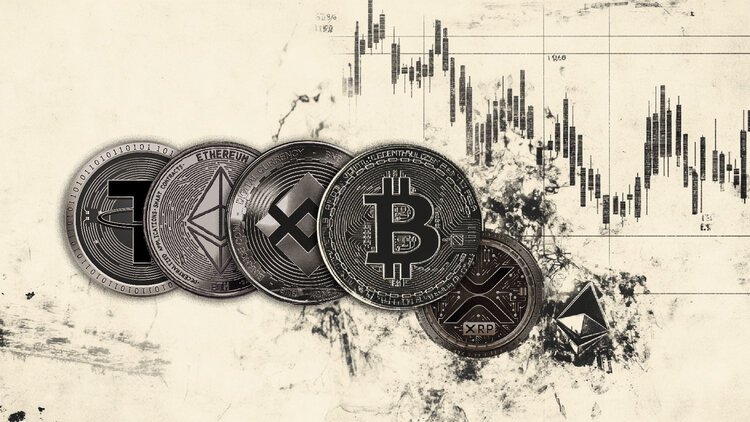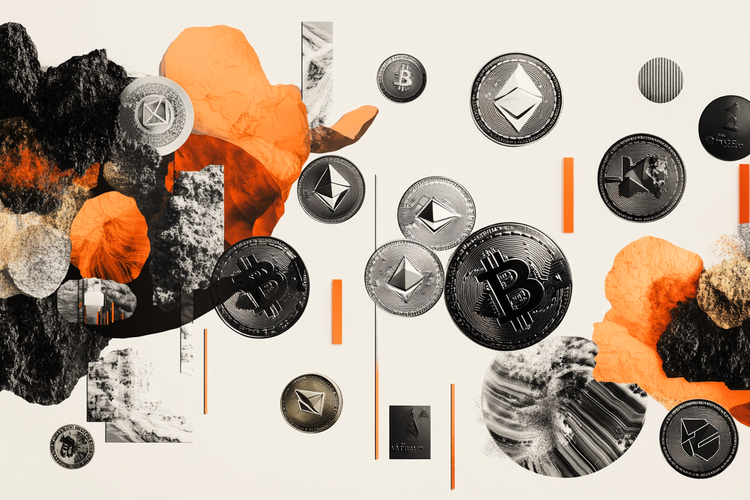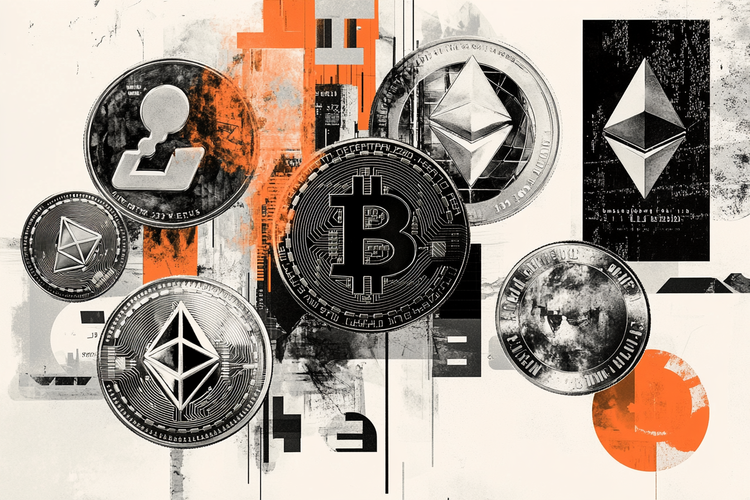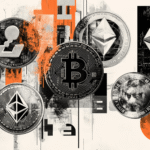- Gold price gains ground after reaching a record high on Monday.
- The hopes for Fed rate cuts and escalating Middle East tensions boost safe-haven assets like gold.
- Federal Reserve officials Bostic, Barr, Waller, Jefferson, and Mester are set to speak on Monday.
The gold price (XAU/USD) gains momentum on Monday. The yellow metal hit a record high near $2,441 during the Asian session on Monday amid renewed hopes for interest rate cuts from the US Federal Reserve (Fed) and rising geopolitical tensions in the Middle East. Meanwhile, heightened tensions between Russia and Ukraine also bolstered safe-haven demand, with both nations launching attacks against each other over the weekend.
Later on Monday, gold traders will focus on the Federal Reserve’s (Fed) Bostic, Barr, Waller, Jefferson, and Mester speeches, which might offer some insight into the future path of monetary policy. The cautious approach or hawkish comments from Fed officials could limit the precious metal’s upside.
Daily Digest Market Movers: Gold price edges higher amid geopolitical risks and uncertainties in the Middle East
- Iranian state television is reporting that there is “no sign of life” at the crash site of the helicopter carrying Iran’s President Ebrahim Raisi, according to Reuters.
- Richmond Fed President Thomas Barkin noted that inflation is easing but highlighted that it will “take more time” to reach the Fed’s 2% target.
- Cleveland Fed President Loretta Mester said that the Fed’s current monetary policy stance is appropriate as it continues to assess incoming economic data.
- Fed Governor Michelle Bowman said the policy is restrictive, but she is willing to hike rates if inflation stalls or reverses.
- Financial markets have priced in 10% odds of a cut in June and a nearly 80% chance in September, according to the CME FedWatch tool.
- The People’s Bank of China (PBoC) added 60,000 troy ounces of gold to its stash in April, marking the 18th straight month of gold purchases, according to official data released Tuesday.
Technical Analysis: Gold price keeps the bullish stance, eyes on overbought RSI condition
Gold price trades with a positive bias on the day. The precious metal breaks above an ascending trend channel that has formed since May 2. Technically, the yellow metal maintains the bullish outlook unchanged on the four-hour chart as it is above the 100-period Exponential Moving Average (EMA), with the Relative Strength Index (RSI) holding above the midline around 82.50. Nonetheless, the overbought RSI condition indicates that further consolidation cannot be ruled out before positioning for any near-term gold upside.
An all-time high of $2,440 acts as an immediate resistance level for XAU/USD. A decisive break above this level will see a rally to the potential upside barrier at the $2,500 psychological level.
On the flip side, the resistance-turned support level at $2,415 will be the first downside target for the yellow metal. The crucial contention level is located at the $2,400 round number, followed by a low of May 16 at $2,370.

US Dollar price this week
The table below shows the percentage change of US Dollar (USD) against listed major currencies this week. US Dollar was the weakest against the Australian Dollar.
| USD | EUR | GBP | CAD | AUD | JPY | NZD | CHF | |
| USD | -0.07% | -0.01% | -0.05% | -0.12% | 0.00% | 0.07% | 0.04% | |
| EUR | 0.06% | 0.07% | 0.02% | -0.04% | 0.08% | 0.15% | 0.11% | |
| GBP | 0.01% | -0.07% | -0.05% | -0.11% | 0.01% | 0.08% | 0.04% | |
| CAD | 0.05% | -0.03% | 0.06% | -0.06% | 0.06% | 0.12% | 0.08% | |
| AUD | 0.12% | 0.04% | 0.11% | 0.07% | 0.12% | 0.19% | 0.14% | |
| JPY | 0.00% | -0.06% | -0.02% | -0.06% | -0.12% | 0.06% | 0.02% | |
| NZD | -0.07% | -0.15% | -0.08% | -0.12% | -0.18% | -0.08% | -0.04% | |
| CHF | -0.05% | -0.11% | -0.04% | -0.08% | -0.15% | -0.02% | 0.04% |
The heat map shows percentage changes of major currencies against each other. The base currency is picked from the left column, while the quote currency is picked from the top row. For example, if you pick the Euro from the left column and move along the horizontal line to the Japanese Yen, the percentage change displayed in the box will represent EUR (base)/JPY (quote).
Inflation FAQs
Inflation measures the rise in the price of a representative basket of goods and services. Headline inflation is usually expressed as a percentage change on a month-on-month (MoM) and year-on-year (YoY) basis. Core inflation excludes more volatile elements such as food and fuel which can fluctuate because of geopolitical and seasonal factors. Core inflation is the figure economists focus on and is the level targeted by central banks, which are mandated to keep inflation at a manageable level, usually around 2%.
The Consumer Price Index (CPI) measures the change in prices of a basket of goods and services over a period of time. It is usually expressed as a percentage change on a month-on-month (MoM) and year-on-year (YoY) basis. Core CPI is the figure targeted by central banks as it excludes volatile food and fuel inputs. When Core CPI rises above 2% it usually results in higher interest rates and vice versa when it falls below 2%. Since higher interest rates are positive for a currency, higher inflation usually results in a stronger currency. The opposite is true when inflation falls.
Although it may seem counter-intuitive, high inflation in a country pushes up the value of its currency and vice versa for lower inflation. This is because the central bank will normally raise interest rates to combat the higher inflation, which attract more global capital inflows from investors looking for a lucrative place to park their money.
Formerly, Gold was the asset investors turned to in times of high inflation because it preserved its value, and whilst investors will often still buy Gold for its safe-haven properties in times of extreme market turmoil, this is not the case most of the time. This is because when inflation is high, central banks will put up interest rates to combat it. Higher interest rates are negative for Gold because they increase the opportunity-cost of holding Gold vis-a-vis an interest-bearing asset or placing the money in a cash deposit account. On the flipside, lower inflation tends to be positive for Gold as it brings interest rates down, making the bright metal a more viable investment alternative.

























